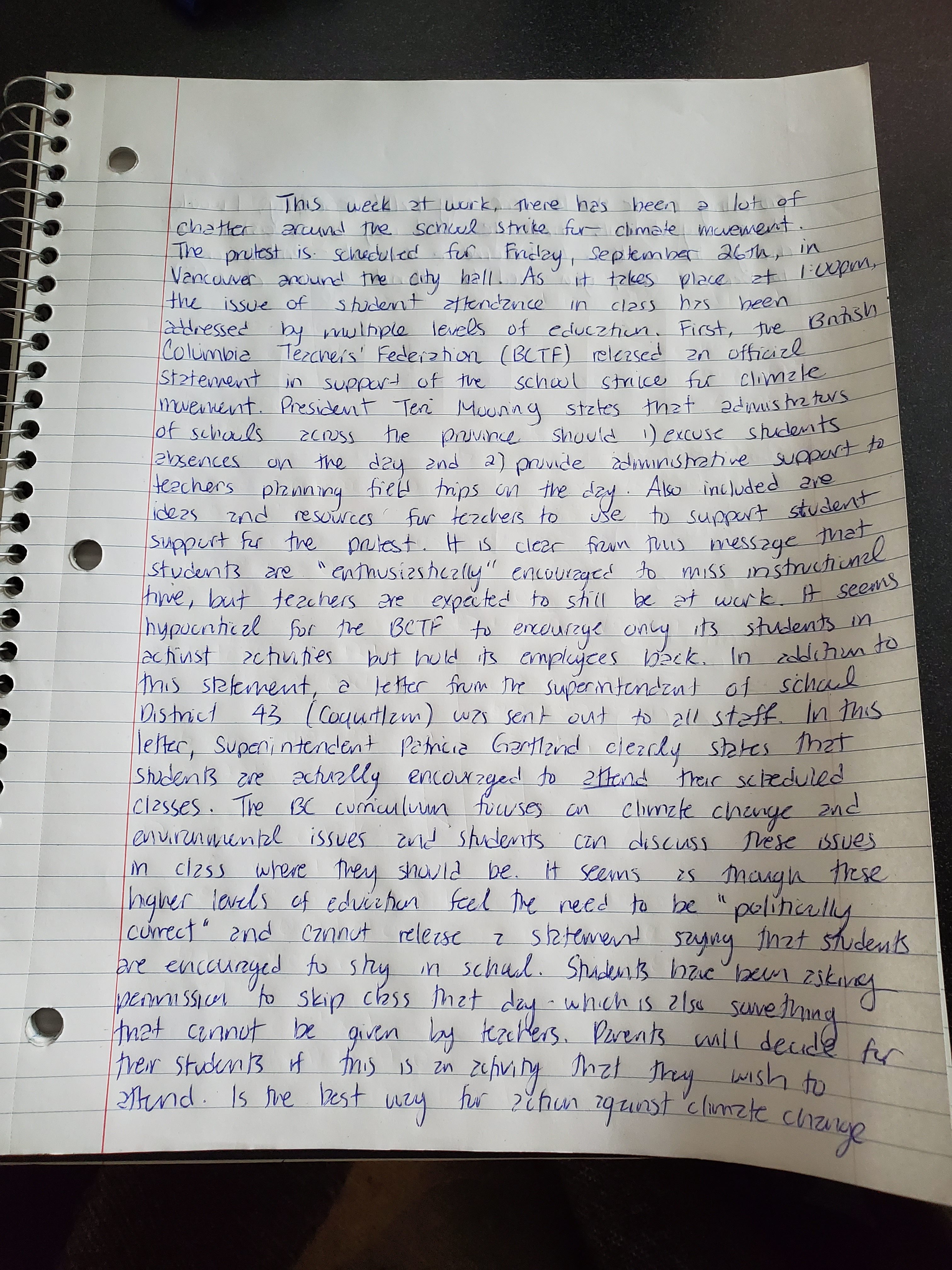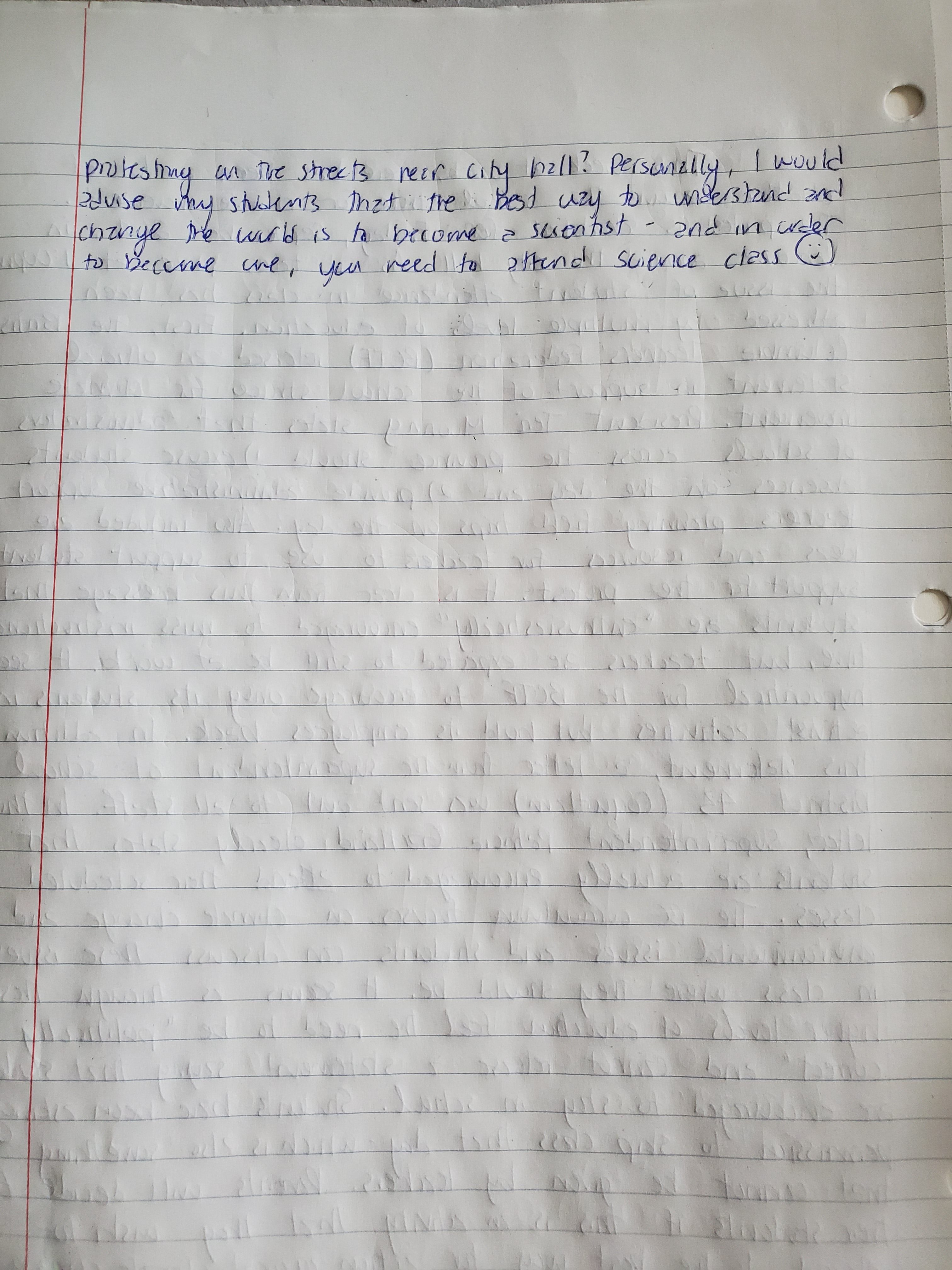Connecting with peers through our personal blogs was a much more meaningful experience than the traditional readings-and-discussion on Canvas. Here are some of the connections I made…
Link 1: Yi’s What’s In Your Bag
Yi chose to build her content in UBC blogs as well. She chose to stick with the original theme of the blog, which is great for how simple and organized it appears. I like that she adds text and images in her posts- sometimes more can be said through images that text cannot convey. For example, her beautiful photos from Bali could not be done justice through words. I appreciated that I was able to comment on her post and that she replied (we both have the same key chain!). The only difficulty in navigating her page was having to scroll all the way to the bottom to access older posts. My blog is set up this way as well- but maybe we could have created tabs for each task so the users can minimize the time looking for posts. Overall, the simplicity of Yi’s blog really allows her thoughts and ideas to communicate with its readers without distractions.
Link 2: Alix’s Voice to Text
Alix’s voice to text task caught my eye because I could relate with some of the things she mentioned. If we could script our story, we both agree that we would’ve made it much more interesting. Telling an unscripted story was really hard to do in a voice to text app, because we also had to keep grammar in mind. Alix shared her thoughts on a Weebly blog. Oh my goodness, is her blog beautiful! She has photos of students, their work, quotes, activities, and even one of her wearing a unicorn costume. Alix has also included a bio of herself in one of the tabs. The personalization is something that is definitely lacking on my page. Through sharing parts of herself, it almost made me feel more invested in her thoughts and ideas because I felt like I knew the author on a more personal level. Alix has given her words a a face, name and personality, which allows users to feel more connected to the text.
Link 3: Allan’s Voice to Text
I am drawn to Allan’s Weebly blog because it is so minimalist. And the layout of his blog addresses the inconvenient scrolling problem I addressed about my blog layout. The drop down menu shows a separate page for every task and assignment. It is convenient for the user to access any one of these pages using the menu, without having to scroll and search. I also really appreciated what he shared about his experience with the task, having a Scottish accent. Accents are something that are not conveyed through written text, but in real life, can add insight into the background an individual. In text, this aspect is unfortunately lost. There is so much information that text can provide to users, but it is limited in a sense that it loses that personal voice.
Link 4: Inhee’s Emoji Story
Inhee has also chosen to show her learning in a Weebly blog. It is so organized and I like how she laid out her weekly tasks in little boxes. These boxes show the title of each post and a small preview of its contents. The dates and number of comments are also clearly shown. I also appreciate how organized the comments section is under each post. Each response is indented to clearly show threads of conversations. It was fun trying to guess Inhee’s movie of choice! I think she did a great job of conveying the plot of the movie through emojis, better than mine. I was very skeptical on how to communicate the plot of my movie (Joker), as much of the story is based on interpreting emotions and internal struggles of the protagonist.
Link 5: Julia’s Blog
Julia’s tasks are posted in a Wix blog. This is a platform that I haven’t had any experience using. I have to admit- when I first got to Julia’s blog I was a little confused where to navigate. I was expecting the usual headings, such as “Tasks” or “Assignments”. However, Julia has set up her blog through her own interpretations of the main idea of the tasks. For example, she has named the page for Linking Assignment as “Connecting Blogs” instead. Once I caught onto how she had organized her blog, I thought it was quite refreshing that she had chosen to do this. She has put more personal meaning into the headings of her posts and pages. I appreciate all the images she used to support these meanings as well.
Link 6: Katie’s Speculative Futures
Katie’s tasks are posted on her UBC blogs. She has organized her tasks and assignments into their own headings. She has grouped 3 tasks together into the same page, which also allows the user to find posts easily without having to scroll too far down. I was a little disappointed that I could’t find a comment section for her Task 12, as I wanted to leave some positive feedback. Katie uses a combination of text and images to portray her ideas. I like that her narratives are concise and makes you wonder if we are truly headed in this “future” direction. I came across the word “nomophobia” recently, and her speculative futures reminded me of this word. Nomophobia is the fear of being without one’s cellphone or device. It’s a reality for many people today and Katie’s speculations are based on this reality.



